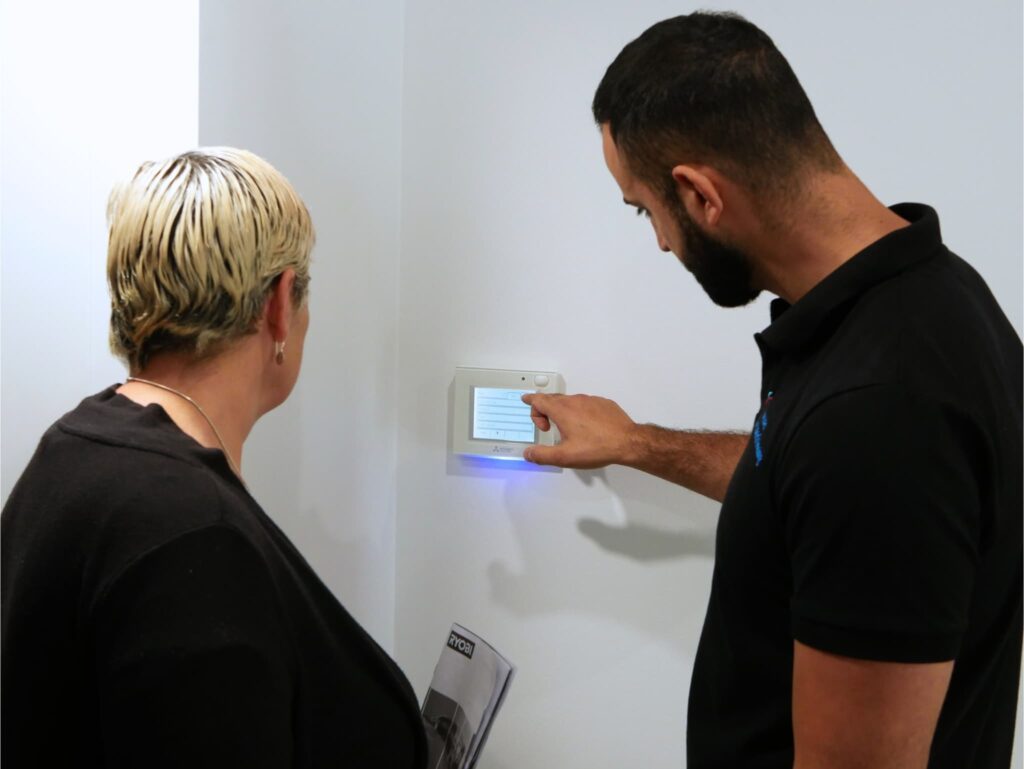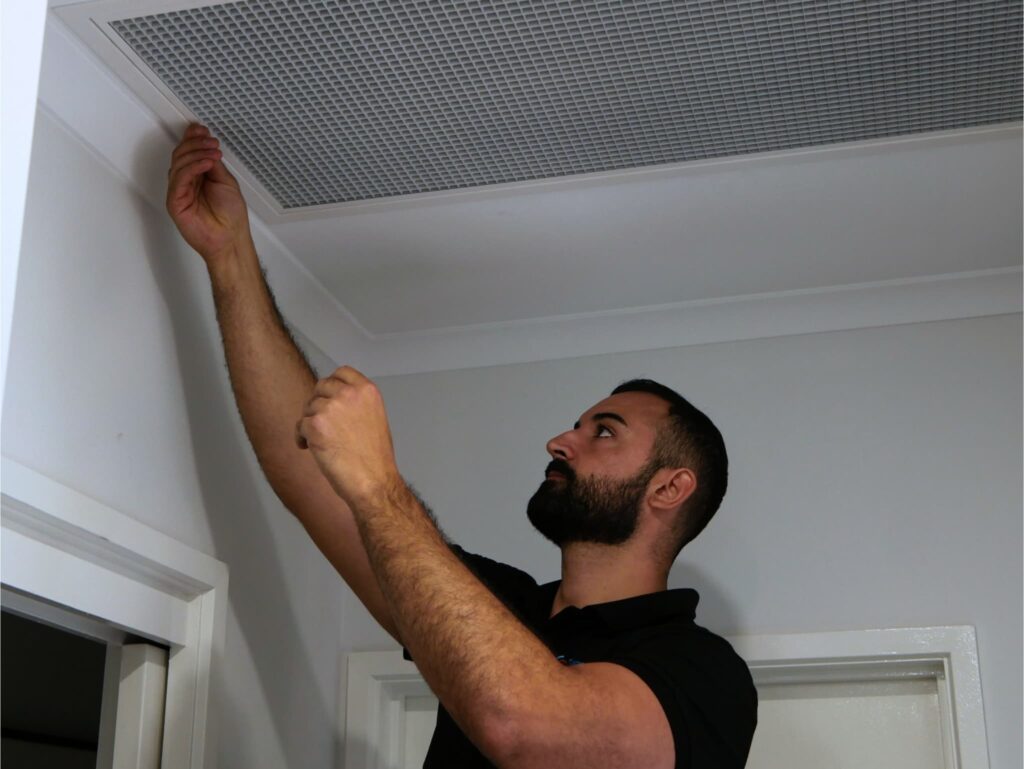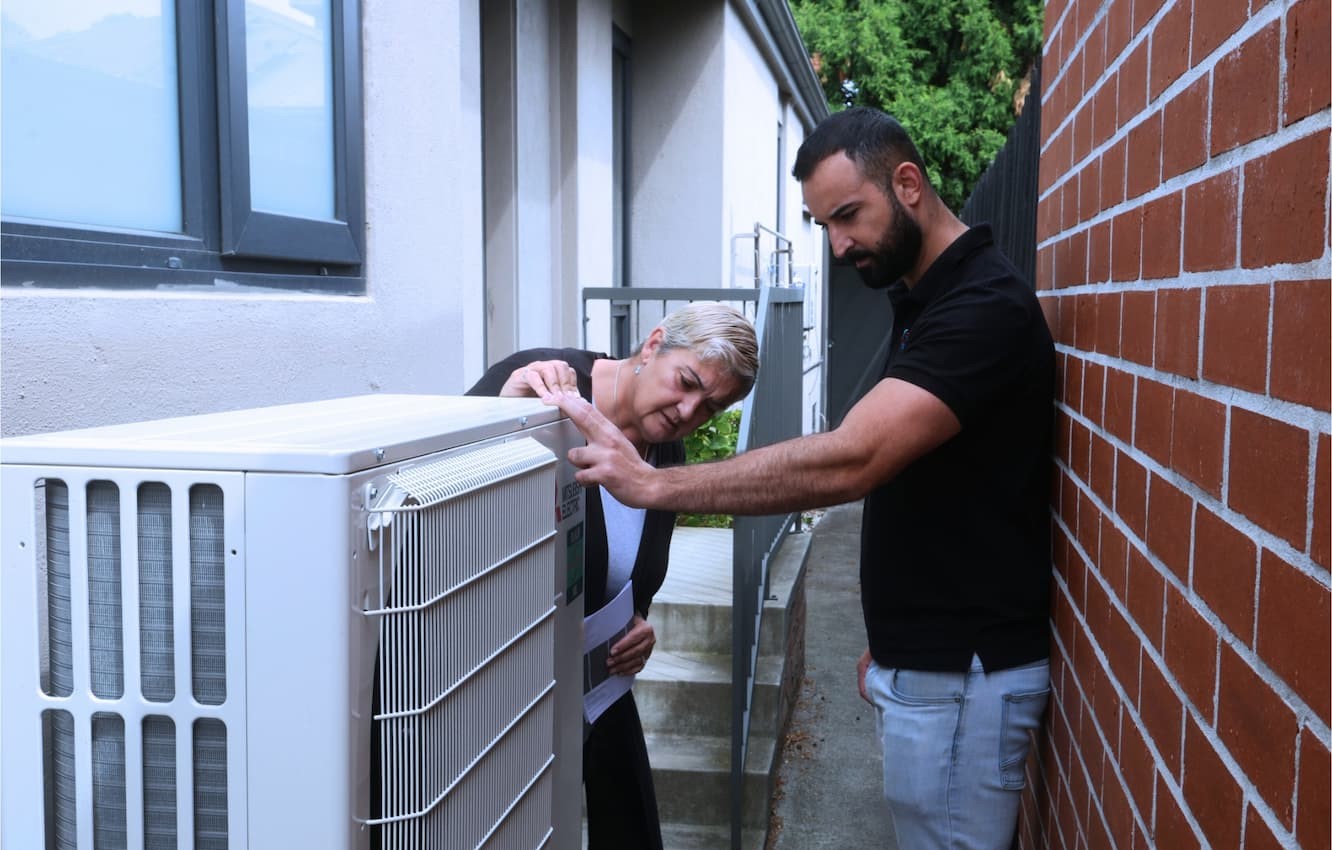Madison Talarico from Thomas Air Conditioning uses a case study to highlight how HVAC technicians can help customers improve their energy efficiency with some simple advice.
The Samuel family had great hopes for the ducted air conditioning system installed in their new Bayside home last year. Their new R32 system promised improved energy efficiency and year-round comfort. However, they didn’t notice a gradual increase in their electricity bills until they’d almost doubled. Regret started to set in; they had forked out a substantial upfront cost for the new system and had expected savings, not rising expenses.
With the cost-of-living issue hitting home for many Melburnians, they called an HVAC service provider for help.
The problem: user missteps
The Samuel family’s experience reveals a common problem in the industry: even the best ducted systems can miss the mark when clients don’t know how to use them efficiently. For the Samuel family, it took an experienced technician to explain in plain English what needed to be done.
During the call-up, HVAC technician Tyrone promptly discovered that the system was performing perfectly but user error was leading to diminished performance.
- Thermostat misuse: The thermostat was set at 18°C. This is far too low for summer, leading to an unnecessary system workload.
- Zoning not used: One of the best features wasn’t being used correctly – the family was unknowingly cooling empty rooms.
- No maintenance: The filters hadn’t been cleaned since installation, causing poor airflow and increased energy consumption.
“These issues are extremely common in Melbourne households,” Tyrone says. “It makes up a significant chunk of service callouts.”
This begs the question: are technicians doing enough to educate users about their systems?

The solution: educating the homeowner
A technician’s job isn’t just to repair, service and install heating and cooling systems; it is increasingly becoming a customer service role. That’s why Tyrone used this visit as an opportunity to educate the Samuel family about optimising energy efficiency.
Here’s how he approached the situation:
1. Setting the right temperature
Tyrone recommended that the thermostat be set to between 22–24°C during summer. The Department of Climate Change, Energy, the Environment and Water stresses that every extra degree of cooling increases energy consumption by 5–10 per cent. With the Samuel family’s setting of 18°C, they could be using an extra 30–60 per cent extra energy.
2. Activating and managing zoning
While the Samuel family was aware of the system’s zoning capability, they weren’t using its full potential. A simple explanation of how to cool the right areas at the right time went a long way. During the daytime, they could cool the living spaces, then shift the focus to the bedrooms in the evenings. To make sure the users understood, Tyrone got them to operate the zoning system under guidance.
3. Regular maintenance
To Tyrone’s surprise given how new the system was, the filters were quite dirty and covered in a thick layer of dust. He provided a quick demonstration of how to clean the filters and why this matters. All homeowners can take this simple step to extend the life of their system and improve energy efficiency.
4. Using timers for better control
By understanding the family’s schedule, Tyrone was able to set the timer effectively to avoid unnecessary heating or cooling when no one is home. The family can adjust this if their needs or schedules change.

The outcome: efficiency restored
With the changes in place, it wasn’t long before the Samuel family noticed a drop in their energy bill. The experience showcases how important education is to customer satisfaction.
Now that they have a deeper understanding of their system, the family can make proactive adjustments without worrying about what may happen. People in situations like this appreciate technicians going the extra mile and often become return customers.
The importance of client education
The service callout for the Samuel family highlights a greater issue: it’s paramount for technicians to help clients maintain and operate their systems most efficiently. There are several reasons why.
System optimisation: Customers who understand the full scope of their system save on energy costs, have a better experience with the system, and are more likely to recommend both the system and the installer to others.
Building client trust: When clients are educated about their systems, they feel more confident and respected. Taking the time to go that extra mile highlights technicians’ experience and shows that they care about their customers.
Business growth: Clients who are happy with technicians’ service are more likely to remain loyal to the business. They are also more likely to recommend both the system and the installer to others. These interactions can lead to a lifetime of maintenance, upgrades, and referrals that are essential for any small business.
Key recommendations for HVAC technicians
1. Provide clear, hands-on guidance
All technicians should be trained to demonstrate the features of the systems they install, ensuring that they guide the user throughout the process. This applies for both installations and services. Taking that extra step to verify that your client understands what you’re showing them goes a long way.
2. Highlight the importance of maintenance
Explaining the need for yearly maintenance – which includes checking and cleaning filters to prevent early breakdown – is a must. Simply establishing a maintenance schedule can encourage the user to be more proactive when it comes to upkeep.
3. Emphasise energy-saving practices
Instilling the idea of energy-saving practices such as adjusting temperature settings, fan usage, and programming timers can lead to better outcomes. When the customer is armed with the knowledge to reduce their energy consumption, they feel in control of their system rather than the other way around.
4. Follow up after service
Following up after any service or installation visit is pivotal in resolving any questions, complaints, or issues the customer may have. While you may not see the benefit initially, it pays off in customer loyalty, satisfaction, and trust. Find the time to organise a short call to ensure the customer is satisfied and not left with any worries.
Empowering homeowners for success
Many people think maximising air conditioner efficiency is just about installing energy-efficient systems. However, user behaviour is just as important; it dictates how the system will perform. For the Samuel family, months of frustration turned into relief once they took control of their air conditioning.
For HVAC professionals, this story highlights the value of taking time to educate clients. By bridging the gap between technology and user behaviour, you can deliver better results, foster trust, and create lasting client relationships. In a competitive industry, this level of service sets businesses apart.
About the author

Madison Talarico is a writer and SEO consultant with a passion for all things HVAC&R. Specialising in residential heating and cooling, Madison works with Melbourne-based Thomas Air Conditioning to create engaging, original content that helps homeowners get the most out of their systems.



Leave a Reply